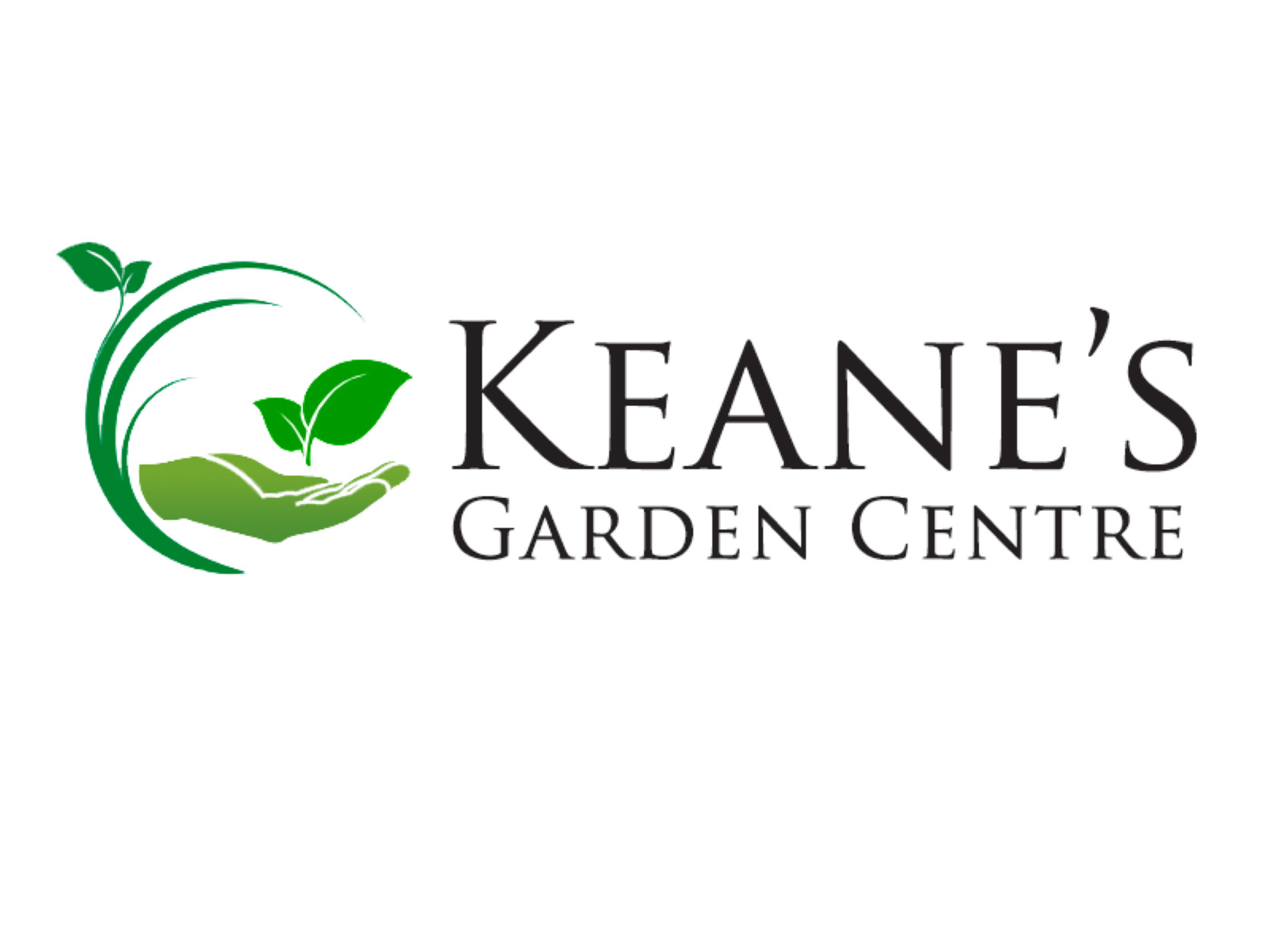
VEGETABLE GARDENING FOR BEGINNERS
VEGETABLE GARDENING FOR BEGINNERS
THE BASICS OF PLANTING AND GROWING A VEGETABLE GARDEN
Ready to jump into gardening? It can be daunting at first, but gardening is an incredibly rewarding hobby to get into. Our Vegetable Gardening Guide for Beginners will help you to plan and grow your tastiest vegetables ever. Find out how much food you need to grow to feed a family, top 10 vegetables for a beginner, and more tips.
VEGETABLE GARDENING FOR BEGINNERS
Why garden, you ask? If you’ve never tasted garden-fresh vegetables (lots of people haven’t!), you will be amazed by the sweet, juicy flavours and vibrant textures. There’s absolutely nothing quite like fresh veggies, especially if you grow them yourself—which you can!
In this guide, we’ll highlight the basics of vegetable gardening and planning: how to pick the right site for your garden, how to create the right size garden, and how to select which vegetables to grow.
PICK THE RIGHT LOCATION
Picking a good location for your garden is absolutely key. A sub-par location can result in sub-par veggies! Here are a few tips for choosing a good site:
Plant in a sunny location. Most vegetables need at least 6 hours of direct sunlight per day. The more sunlight they receive, the greater the harvest, the bigger the veggies, and the better the taste.
Plant in good soil. Plants’ roots penetrate soft soil more easily, so you need nice loamy soil. Enriching your soil with compost provides needed nutrients. Proper drainage will ensure that water neither collects on top nor drains away too quickly.
Plant in a stable environment. You don’t want to plant in a place that’s prone to flooding during heavy rains, or in a place that tends to dry out a lot. You also don’t want to plant somewhere where strong winds could knock over your young plants or keep pollinators from doing their job. Plant in a location that would make Goldilocks proud.
Lettuce varieties
CHOOSING A PLOT SIZE: START SMALL!
Remember: It’s better to be proud of a small garden than be frustrated by a big one!
One of the most common errors that beginners make is planting too much too soon—way more than anybody could ever eat or want! Unless you want to have zucchini taking up residence in your attic, plan your garden with care. Start small, and only grow what you know you’ll eat.
A good-size beginner vegetable garden is about 16x10 feet (or smaller) and features crops that are easy to grow. A plot this size, based on the vegetables suggested further down this page, can feed a family of four for one summer, with a little leftover for canning and freezing (or giving away to jealous neighbours).
Make your garden 11 rows wide, with each row 10 feet long. The rows should run north and south to take full advantage of the sun.
Vegetables that may yield more than one crop per season include beans, beets, carrots, cabbage, kohlrabi, lettuce, radishes, rutabagas, spinach, and turnips.
(Note: If this garden is too large for your needs, you do not have to plant all 11 rows, or you can simply make the rows shorter.)
HOW TO GROW THE BEST VEGETABLES
In addition to choosing the right location, here are a few tips that will help you grow your best veggies yet:
1.Space your crops properly. For example, corn needs a lot of space and can overshadow shorter vegetables. Plants set too close together compete for sunlight, water, and nutrition; are more susceptible to disease and pests; and fail to mature. Pay attention to the spacing guidance on seed packets and plant tabs.
2.Use high-quality seeds. Seed packets are less expensive than individual plants, but if seeds don’t germinate, your money—and time—are wasted. A few extra cents spent in spring for that year’s seeds will pay off in higher yields at harvest time. See a list of of mail-order seed catalogues here.
3.Water properly. Watering your plants, the correct amount—neither too much nor too little—will give them the best chance at producing well-formed, mature vegetables. Learn more about watering vegetables.
4.Plant and harvest at the right time, not too early or too late. Every vegetable has its own planting dates so be sure to check the seed packet. See the Almanac’s Best Planting Dates—a gardening calendar customised to your local frost dates.
SUGGESTED PLANTS FOR A BEGINNER’S VEGETABLE GARDEN
The vegetables suggested below are common, productive plants that are relatively easy to grow. It would be wise to find out what plants grow best in your area, and when the best time for planting them is. Think about what you like to eat as well as what’s difficult to find in a grocery store or farmers’ market.
Top Ten Vegetables
- Tomatoes
- Zucchini squash
- Peppers
- Cabbage
- Bush beans
- Lettuce
- Beets
- Carrots
- Chard
- Radishes
